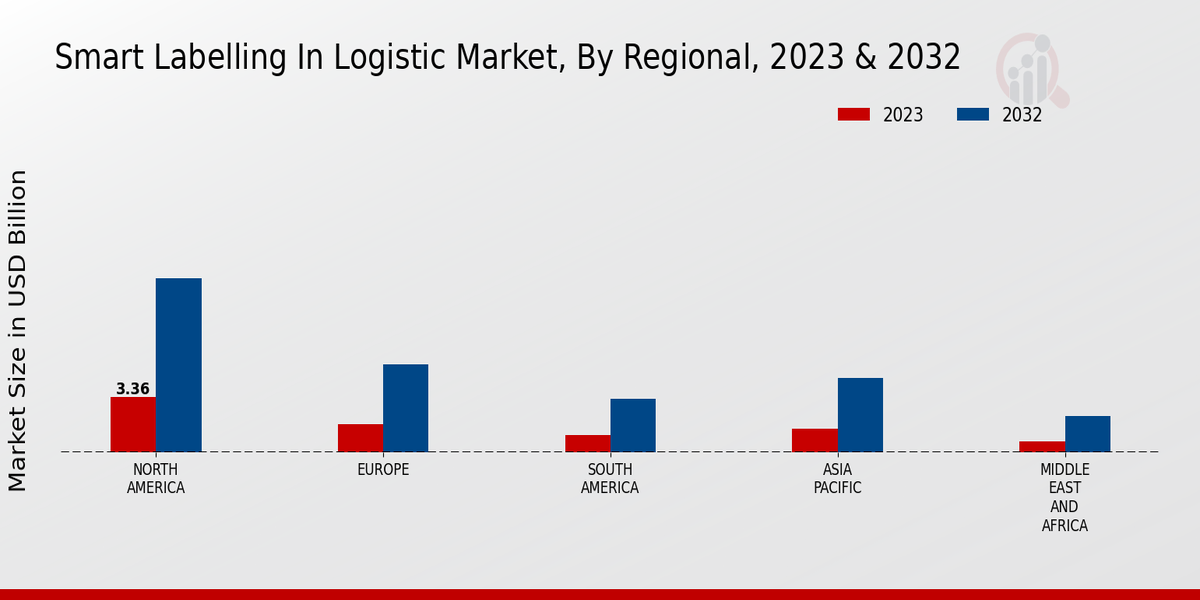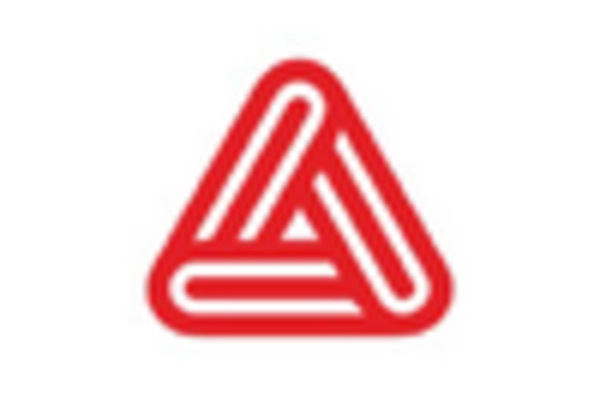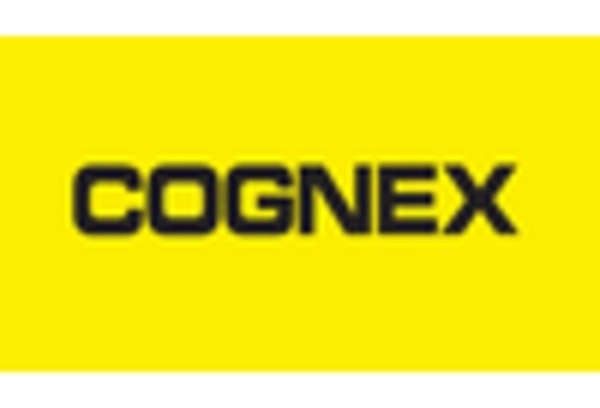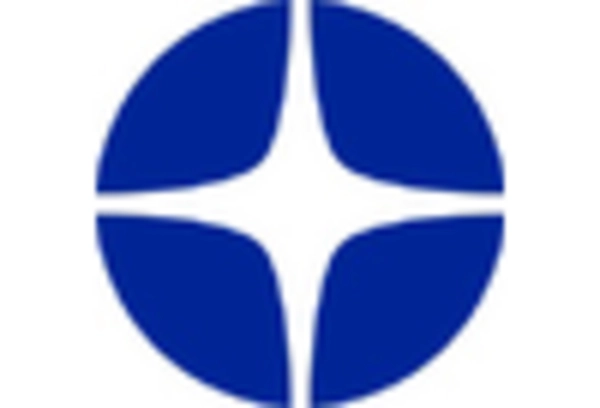Regulatory Compliance
Regulatory compliance is a critical driver in the Smart Labelling In Logistic Market. Governments worldwide are implementing stringent regulations regarding product traceability and safety standards. These regulations necessitate the use of advanced labelling solutions to ensure compliance, particularly in sectors such as food and pharmaceuticals. For instance, the European Union's General Food Law mandates traceability from farm to fork, compelling logistics companies to adopt smart labelling technologies. This compliance not only mitigates risks but also enhances brand reputation, thereby fostering growth in the smart labelling sector.
Cost Reduction Strategies
Cost reduction strategies are becoming increasingly vital in the Smart Labelling In Logistic Market. Companies are under constant pressure to minimize operational costs while maintaining service quality. Smart labelling technologies, such as automated labelling systems, can significantly reduce labour costs and errors associated with manual processes. Furthermore, these technologies can streamline inventory management, leading to reduced holding costs. Industry analysis suggests that businesses implementing smart labelling solutions can achieve cost savings of approximately 10-15% in logistics operations, thereby driving further adoption of these technologies.
Technological Advancements
The Smart Labelling In Logistic Market is experiencing a surge in technological advancements that enhance operational efficiency. Innovations such as RFID, QR codes, and IoT integration are transforming traditional logistics practices. These technologies facilitate real-time tracking and inventory management, which are crucial for optimizing supply chain processes. According to recent data, the adoption of RFID technology alone is projected to grow at a compound annual growth rate of 20% over the next five years. This trend indicates a strong inclination towards automation and data-driven decision-making in logistics, thereby driving the demand for smart labelling solutions.
Consumer Demand for Transparency
There is a growing consumer demand for transparency in the supply chain, which significantly influences the Smart Labelling In Logistic Market. Consumers are increasingly interested in knowing the origin and journey of products they purchase. This trend is particularly evident in the food and beverage sector, where transparency is linked to quality assurance. As a result, companies are investing in smart labelling solutions that provide detailed product information through scannable codes. Industry expert's indicates that brands that prioritize transparency can enhance customer loyalty and potentially increase sales by up to 15%.
Sustainability and Eco-Friendly Practices
Sustainability is emerging as a key driver in the Smart Labelling In Logistic Market. As environmental concerns rise, companies are increasingly seeking eco-friendly labelling solutions that minimize waste and reduce carbon footprints. Smart labelling technologies can facilitate recycling and proper disposal of products, aligning with corporate sustainability goals. Additionally, consumers are more inclined to support brands that demonstrate a commitment to environmental responsibility. Industry expert's reveal that companies adopting sustainable practices can enhance their market position and attract a growing segment of eco-conscious consumers, thereby propelling the demand for smart labelling solutions.


















Leave a Comment